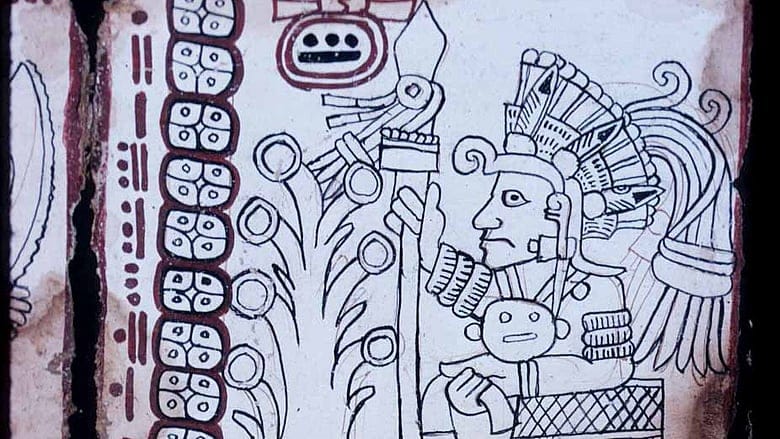Yale and Brown professors team up to confirm ancient text

BOSTON – A team of anthropologists and art history experts, led by professors from Yale and Brown, has proven once and for all the authenticity of a controversial 13th century Mayan text. Their findings confirm the document, called the Grolier Codex, is indeed the oldest writing to be discovered in the Americas.
Michael Coe, a professor emeritus of archeology and anthropology at Yale, led the assembled researchers in uncovering the truth behind the much-disputed Codex. He was joined by Stephen Houston, the co-director of Brown's Program in Early Cultures and the Dupee Family Professor of Social Science. Other members of the elite time included Mary Miller, a professor of art history at Yale, and Karl Taube from University of California – Riverside.

